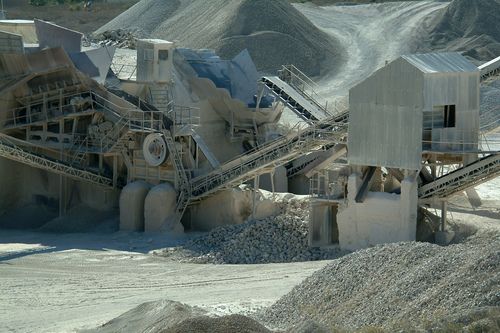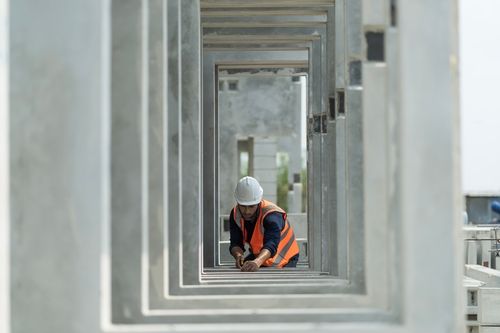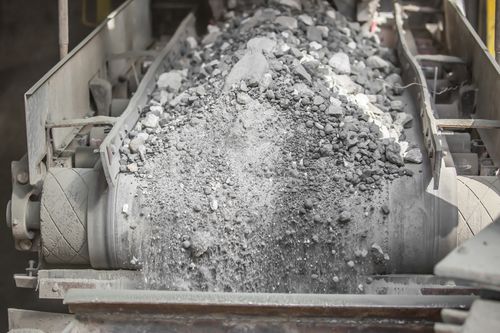Grinding the clinker and gypsum mixture produces the final cement product, which is then stored in silos before packaging or bulk dispatch. Portland cement primarily consists of four main compounds: tricalcium silicate (C3S), dicalcium silicate (C2S), tricalcium aluminate (C3A), and a tetra-calcium aluminoferrite (C4AF), along with other minor components. Upon hydration, these compounds form calcium silicate hydrate (C–S–H) and calcium hydroxide (CH), which bind the cement and concrete together.
The strength and durability of cement are influenced by its composition and fineness. Various factors, including the presence of alumina and iron compounds, influence the cement's resistance to chemical attack and its heat of hydration. Despite the challenges posed by its production, ongoing research and technological advancements aim to improve the sustainability of cement manufacturing while meeting the demands of construction projects worldwide.
In India, Portland cement is manufactured according to the Indian Standard IS 269:2015, which categorises Portland cement into various types based on their composition and intended use. The most commonly used types of Portland cement in India are:
Ordinary Portland Cement (OPC):
- OPC is the most commonly used type of cement in India and is suitable for general construction purposes.
- It is available in three grades of cement: OPC 33 Grade, OPC 43 Grade, and OPC 53 Grade, with OPC 43 Grade being the most commonly used.
Portland Pozzolana Cement (PPC):
- PPC contains pozzolanic materials like fly ash, volcanic ash, calcined clay, and clinker and gypsum.
- Compared to OPC, it offers better workability, durability, and resistance to chemical attacks.
- It is commonly used for mass concrete works, such as dams, foundations, and sewage pipes.
- The code for Portland Pozzolana Cement (PPC) in India is IS 1489 (Part 1):1991. This code specifies the requirements and the method of sampling and tests for PPC.
Portland Slag Cement (PSC):
- PSC contains granulated blast furnace slag in addition to clinker and gypsum.
It provides better durability, resistance to chemical attacks, and reduced heat of hydration compared to OPC. - It is suitable for marine constructions, mass concrete works, and structures exposed to sulphates.
- The code for Portland Slag Cement - Specification in India is IS 455-2015.







 +91 7208055523
+91 7208055523
 Help & support
Help & support
